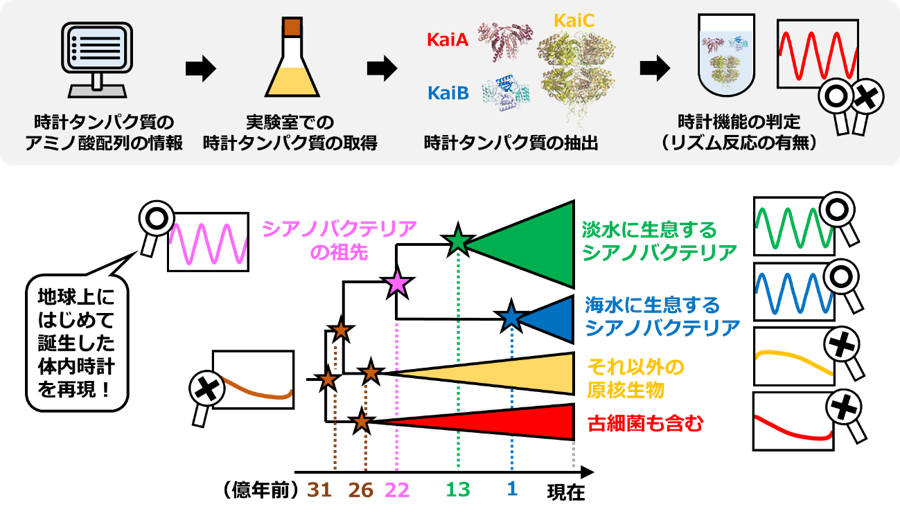2025-05-19 イリノイ大学アーバナ・シャンペーン校

<関連情報>
- https://aces.illinois.edu/news/illinois-researchers-explore-covid-19-vaccine-attitudes-and-motivations-finding-common-values
- https://jmedicalcasereports.biomedcentral.com/articles/10.1186/s13256-025-05162-w
コロナウイルス疾患2019に対する不信、トラウマ、疑念、防御反応:注意すべき物語と将来のパンデミックのために学ぶべき教訓:症例報告 Distrust, trauma, doubt, and protective reactions to coronavirus disease 2019: cautionary tales and lessons to learn for future pandemics: a case report
Jacinda K. Dariotis,Dana A. Eldreth,Stephanie M. Sloane,Iffat Noor & Rebecca Lee Smith
Journal of Medical Case Reports Published:21 March 2025
DOI:https://doi.org/10.1186/s13256-025-05162-w
Abstract
Background
Vaccine uptake has declined since the coronavirus disease 2019 pandemic began. The pandemic changed people’s perception about vaccination due to factors such as increasing mistrust in government, spread of misinformation, fear of side effects, unclear communication, concerns about rushed vaccine development, and opposition to mandates infringing on personal choice. Understanding different perspectives on vaccine decision-making is crucial for informing effective approaches to communicating about vaccines.
Case presentation
This study presents three cases with varying attitudes and behaviors about vaccination for coronavirus disease 2019, traditional childhood illnesses, and influenza influenced by different contexts and experiences. The cases span the continuum of vaccine hesitancy and uptake, from distrustful and resistant (Alexis, 56-year-old non-Hispanic White American female), through resentment for mandated uptake of the expedited coronavirus disease 2019 vaccine versus trust of long-standing preventive vaccines (Nia, 51-year-old non-Hispanic Black American female), to accepting and adopting (David, 38-year-old non-Hispanic White American male). These cases have similarities and differences across ten key “themes,” including vaccine attitudes; decision-making motivations; prioritizing family’s health; influence of past vaccination trauma on decision-making; significance of social support; the importance of information to guide decisions; (dis)trust in news, social media, and politicians; disappointment in humanity; future recommendations including respecting individual autonomy and providing the necessary information for individual decision-making; and openness to future vaccines.
Conclusion
The long-term impact of the public health response—including vaccine mandates—and aftermath of stigmatization of people with differing and less socially desirable vaccine beliefs on vaccine uptake and health and medical service engagement remains unknown. By drawing on rich, nuanced information collected from individuals at a time of intense national dialogue around vaccines, these three case studies offer unique and novel insights into how the dialogue around vaccine uptake should evolve to meet the needs of different people. These findings have implications for broadly promoting public health engagement by hearing varied experiences and tailoring approaches to reach diverse groups of individuals. Findings from these cases provide insights and recommendations for tailoring future pandemic-related responses to audiences with similar beliefs and experiences as those presented in these cases.


